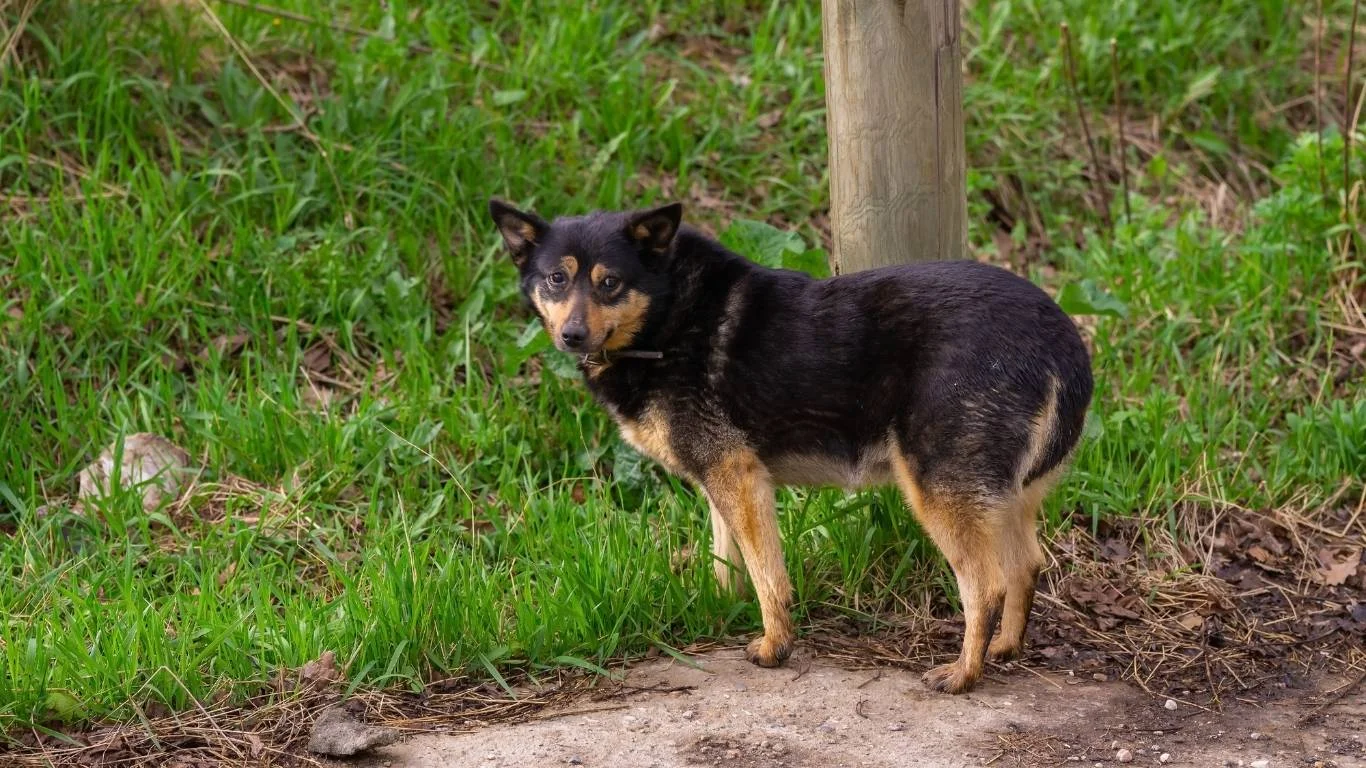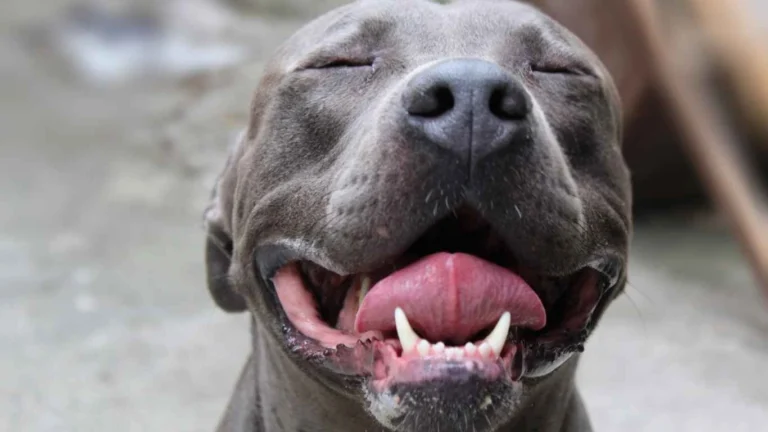The Best Diet for Overweight Dogs: Shed Pounds & Boost Health
If you’re worried about your dog carrying extra pounds, you’re not alone. As a pet nutritionist, I’ve seen plenty of pet parents struggle with finding the best diet for overweight dogs. It’s not just about feeding less—it’s about feeding right. The goal is to keep your pup happy, healthy, and full of energy while shedding those extra pounds. So, let’s dive into what really works!
Why Maintaining a Healthy Weight is Crucial for Dogs

Carrying excess weight isn’t just a cosmetic issue—it has serious health consequences for dogs. In my time working in veterinary clinics, I’ve seen dogs develop joint pain, diabetes, heart disease, and even shorter lifespans due to obesity. A few extra pounds might not seem like much, but for a dog, even a 10% increase in weight can significantly impact their health.
Common Health Risks of Obesity in Dogs
- Joint Problems: Excess weight puts extra stress on your dog’s joints, leading to arthritis and mobility issues.
- Heart Disease: Overweight dogs are more prone to heart-related issues due to increased fat deposits and inflammation.
- Diabetes: Obesity increases insulin resistance, making diabetes more likely.
- Shorter Lifespan: Studies show that leaner dogs live longer, healthier lives compared to their overweight counterparts.
Helping your pup maintain a healthy weight is one of the best things you can do as a pet parent. But where do you start? It all begins with the right diet.
Understanding Your Dog’s Nutritional Needs

Every dog has different nutritional needs based on their age, breed, activity level, and current weight. What works for a highly active Border Collie won’t necessarily work for a laid-back Bulldog. One mistake I often see pet parents make is simply cutting back on their dog’s regular food, but this can lead to nutrient deficiencies.
Key Nutrients for Weight Management
When selecting the best diet for overweight dogs, look for these essential components:
- High-Quality Protein: Helps maintain lean muscle mass while promoting fat loss.
- Fiber-Rich Ingredients: Keeps your dog feeling fuller for longer and aids digestion.
- Healthy Fats: Essential fatty acids (like Omega-3s) support overall health without adding unnecessary calories.
- Low Carbohydrates: Avoid excessive fillers like corn and wheat, which can contribute to weight gain.
By focusing on these key nutrients, you can help your pup lose weight without feeling constantly hungry.
Choosing the Right Dog Food for Weight Loss

Not all dog foods are created equal, and “low-fat” or “diet” labels can be misleading. Here are a few things I always recommend checking before picking a weight-loss formula:
What to Look for in a Quality Weight Management Dog Food
- Protein Content: At least 25-30% protein helps maintain muscle mass.
- Real Ingredients: Whole foods like chicken, turkey, salmon, and vegetables should be the main ingredients.
- Low Calories but Nutrient-Dense: Look for foods around 300-350 kcal per cup to control portion sizes while ensuring proper nutrition.
- Probiotics & Prebiotics: Help with digestion and prevent bloating, which can make dogs feel sluggish.
One trick I use with clients is switching to a higher-protein, lower-calorie formula without dramatically cutting portion sizes. This helps dogs adjust to their new diet without feeling deprived.
Portion Control: How Much Should You Feed Your Overweight Dog?

Now that we’ve covered the basics of picking the best diet for overweight dogs, let’s talk about something just as important—how much you should actually feed them. Many pet parents think cutting portions drastically is the answer, but that can lead to hunger-driven behavior issues and even malnutrition. The goal is to feed strategically, not starve.
How to Determine the Right Portion Size
Every dog’s caloric needs are different, but here’s a general rule of thumb:
- Use a calorie calculator: Many vet websites offer pet calorie calculators based on weight, age, and activity level.
- Follow feeding guidelines: Check your dog food’s packaging, but remember that those are often overestimated for active dogs.
- Measure food accurately: Free-feeding (leaving food out all day) is a big no-no. Use a measuring cup or a food scale.
One thing I’ve learned working in vet clinics is that most pet parents underestimate how many treats and extras they’re giving. Even a handful of kibble as a snack can add up! That’s why tracking your dog’s intake for a week can be an eye-opener.
Healthy Treats for Weight Loss

Let’s be real—dogs love treats. And as much as we try to resist those puppy eyes, we all slip up now and then. The key is to swap high-calorie treats with healthier alternatives that won’t derail their weight loss.
Best Low-Calorie Treat Options
- Baby carrots: Crunchy, low-calorie, and packed with fiber.
- Cucumber slices: Refreshing and hydrating, especially in the summer.
- Blueberries: Antioxidant-rich and naturally sweet.
- Lean boiled chicken: High in protein but low in fat.
- Homemade frozen treats: Blend plain Greek yogurt with a few blueberries and freeze them for a pup-friendly snack.
What you don’t want to do is rely on store-bought treats that claim to be “low-fat” but are packed with fillers and sugars. Always check the ingredient list before buying!
Exercise: The Other Half of the Equation

Diet is the foundation of weight loss, but exercise is what helps burn off excess calories and keep your dog in shape. And no, you don’t need to turn your couch-potato pup into an athlete overnight!
Fun & Effective Ways to Get Your Dog Moving
- Daily Walks: Start with 15-20 minutes and gradually increase the time.
- Interactive Toys: Puzzle feeders and treat-dispensing toys encourage movement.
- Short Play Sessions: Fetch, tug-of-war, or even gentle wrestling helps burn energy.
- Swimming: Great for dogs with joint issues as it’s low-impact.
- Doggy Playdates: Socializing while staying active is a win-win!
One of my clients had a senior Labrador who refused to walk more than 5 minutes. We started with tiny “sniffing” walks, letting him take his time exploring, and slowly built up his endurance. Within two months, he was walking 30 minutes daily without a fuss!
Case Studies & Real-Life Success Stories

It’s one thing to talk about weight loss strategies—it’s another to see them work in real life. Over the years, I’ve worked with many pet parents struggling with their dog’s weight, and I’ve seen incredible transformations. Let me share a few success stories that might inspire you.
Bella the Beagle: From Chunky to Cheerful
Bella, a 6-year-old Beagle, came into the clinic weighing a hefty 40 pounds—about 10 pounds over her ideal weight. Her owner loved to spoil her with table scraps and high-calorie treats. We switched her to a high-protein, fiber-rich diet and cut out unnecessary snacks. Instead, she got baby carrots and lean chicken as treats. We also incorporated short but frequent walks to ease her into exercise. Within 5 months, Bella was down to a healthy 30 pounds, and her energy levels skyrocketed!
Max the Labrador: Shedding Pounds with Swimming
Max, a senior Labrador, had arthritis and struggled with mobility. His excess weight made it even harder for him to move around. Instead of intense walks, we introduced him to hydrotherapy and swimming—low-impact activities that helped him burn calories without straining his joints. Along with a high-protein, lower-calorie diet, Max lost 12 pounds in 6 months and regained his love for playing fetch.
These stories prove that small, consistent changes can lead to a healthier, happier dog.
Key Takeaways: What You Need to Remember

Helping your dog reach a healthy weight doesn’t have to be overwhelming. Here’s a quick recap of the most important points:
- Choose the right diet: High in protein, fiber-rich, and with controlled calories.
- Portion control matters: Avoid overfeeding by measuring food accurately.
- Pick healthy treats: Swap store-bought snacks for natural options like carrots and blueberries.
- Exercise is key: Regular walks, playtime, and even swimming can help burn extra calories.
- Be patient and consistent: Weight loss is a gradual process—celebrate small victories!
FAQs: Common Questions About Canine Weight Loss
How fast should my dog lose weight?
Safe weight loss is about 1-2% of their body weight per week. Rapid weight loss can be dangerous, so slow and steady wins the race!
Can I just feed my dog less of their regular food?
Not necessarily. Simply reducing portions can lead to nutrient deficiencies. It’s better to switch to a high-protein, lower-calorie food designed for weight management.
What if my dog refuses to eat the new food?
Try mixing the new food with their old one and gradually increase the ratio. Adding a little low-sodium bone broth can also make it more appealing.
How do I know if my dog is at a healthy weight?
You should be able to feel their ribs without pressing too hard but not see them protruding. A visible waistline when viewed from above is also a good sign.
Bonus: DIY Tips for a Healthier Pup
If you love making homemade meals for your dog, here are a few easy recipes that are nutritious and weight-friendly:
Simple Low-Calorie Dog Meal
- 1 cup boiled chicken breast (shredded)
- 1/2 cup steamed green beans
- 1/4 cup mashed pumpkin (great for digestion!)
- 1/2 teaspoon fish oil (for healthy skin and coat)
Mix these ingredients together and serve in appropriate portions based on your dog’s weight.
Appendix & Resources
Helpful Links
- American Kennel Club (AKC) – Trusted dog care guidelines
- Veterinary Support Personnel Network (VSPN) – Reliable veterinary nutrition information
- Pet Obesity Prevention – Research and weight loss tools for pets
Disclaimer
The information in this article is based on my experience as a Pet Nutritionist and should not replace professional veterinary advice. Always consult your vet before making significant changes to your dog’s diet or exercise routine.
Final Thoughts
Helping your dog achieve a healthy weight is one of the most rewarding things you can do as a pet parent. Whether it’s through better nutrition, portion control, or fun exercise routines, every small effort adds up. Remember, your pup relies on you to make the best choices for their health—so start today!
Have questions or success stories to share? Drop them in the comments below—I’d love to hear about your journey!






